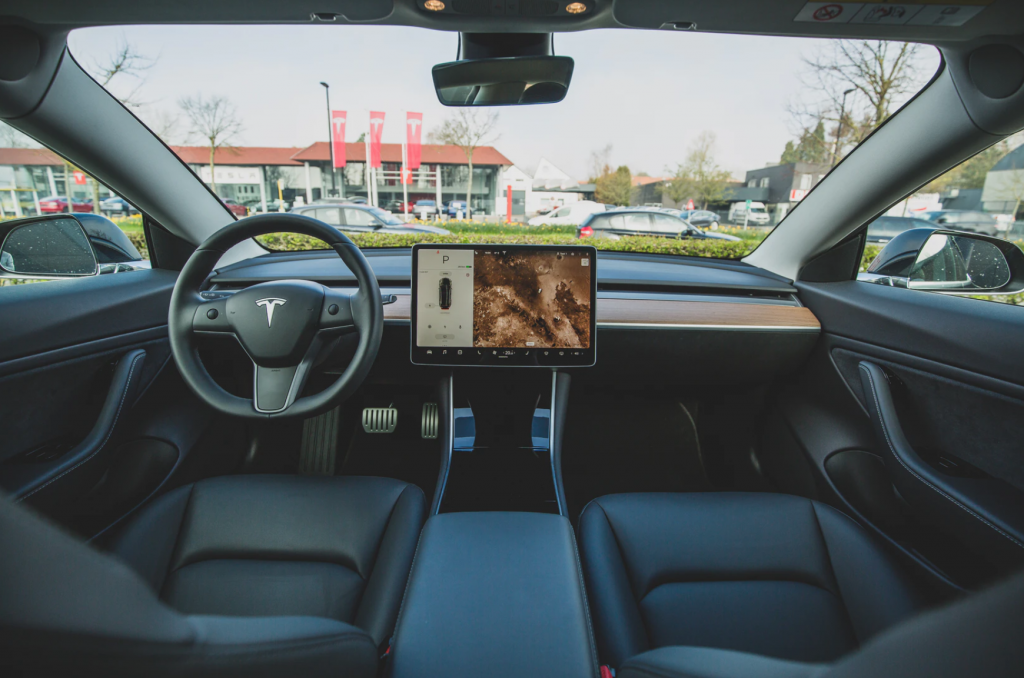Have you ever wondered, “What will my child be like as an adult?” One thing is for certain: Teslas and self-driving cars will play a significant role in your child’s teenage years. It’s likely that your kids will soon be behind the wheel of a robot vehicle from the future. Teslas represent just the beginning of a revolutionary approach to transportation.

So, are self-driving cars safe? The answer is mostly yes, although there are some nuances to consider.
This article will discuss the following topics:
- What are self-driving vehicles?
- Are they safe?
What Are Autonomous Vehicles?
The concept of a car without a human driver isn’t entirely new; cruise control was introduced back in 1948. Since then, automotive advancements have continued at a rapid pace, with the seatbelt being introduced in 1959. According to a 2012 IIHS survey, approximately 8,000 lives could have been saved that year if vehicles had remained as they were in 1985.
Self-driving vehicles, also referred to as autonomous vehicles (AVs), are cars and trucks equipped with advanced driving assistance systems. It’s worth noting that not all driving assistance qualifies as “autonomous.” There are six levels of automation, ranging from Level 0 (manual control) to Level 5 (full automation). Currently, many common driver assistance features fall under Level 1. These features include cruise control and systems that maintain a safe distance from other vehicles.
Tesla’s self-driving technology is currently classified as Level 2 automation, but Elon Musk has indicated that by mid-2020, Teslas should achieve full Level 5 automation. Both Tesla and Uber plan to introduce AV taxis, and Uber has even developed a functioning autonomous flying vehicle. Expect future family reunions to look like scenes from The Jetsons!
As technology evolves, so too must the legal framework surrounding it. Safety standards for vehicles have significantly improved since earlier eras.
Are They Safe?
According to Business Insider, out of the 88 autonomous vehicle accidents reported in California since 2014, 81 were caused by human error rather than the vehicles themselves. Only one accident was attributed to a technical fault.
However, determining overall safety can be complex, especially since car safety is often measured by the number of fatalities per 100 million miles driven. Each AV manufacturer collects data over approximately 10 million miles, making comparative assessments challenging.
Insurer responsibilities also complicate matters. For instance, identifying whether an Uber driver was involved in an accident can be more difficult than one might think, as noted by a Tampa accident attorney.
On the whole, evidence suggests that self-driving systems generally offer better safety than human-operated vehicles, with an average of 1.16 fatalities per 100 million miles for human drivers.
Pros
- Reduced Risk of Accidents
Machines outperform humans in driving since they don’t engage in risky behaviors such as drinking or texting. Some speculate that in the near future, driver’s licenses may become obsolete.
While machines excel at specific tasks within narrowly defined parameters, there are concerns about how automation can impact daily life. With increasing choices available today, people often feel pressure to maintain a fast-paced lifestyle. Autonomous vehicles may eliminate distracted driving, allowing individuals to use travel time for work or personal activities.
- Convenience of Eating on the Go
This aspect might technically fall under multitasking, but let’s be honest—it deserves special mention.
Cons
- Less Control
As technology progresses rapidly, we sometimes feel left behind. A key lesson for teenagers learning to drive is accepting responsibility for their actions. Self-driving vehicles raise questions about how lack of control might affect a teenager’s development and future.
Ultimately, we’ll have to wait and see.
- Potential Job Losses
This topic often generates substantial discussion. While rapid changes can be daunting, it’s essential to recognize that transformation also fosters innovation. The creation of new opportunities can offset the elimination of certain jobs. Your child may one day find work in the autonomous vehicle industry, so it’s worth contemplating: What skills will future generations need?
About Outoftownblogs
Be sure to explore all posts by Outoftownblogs and subscribe via RSS or EMAIL to stay updated!





